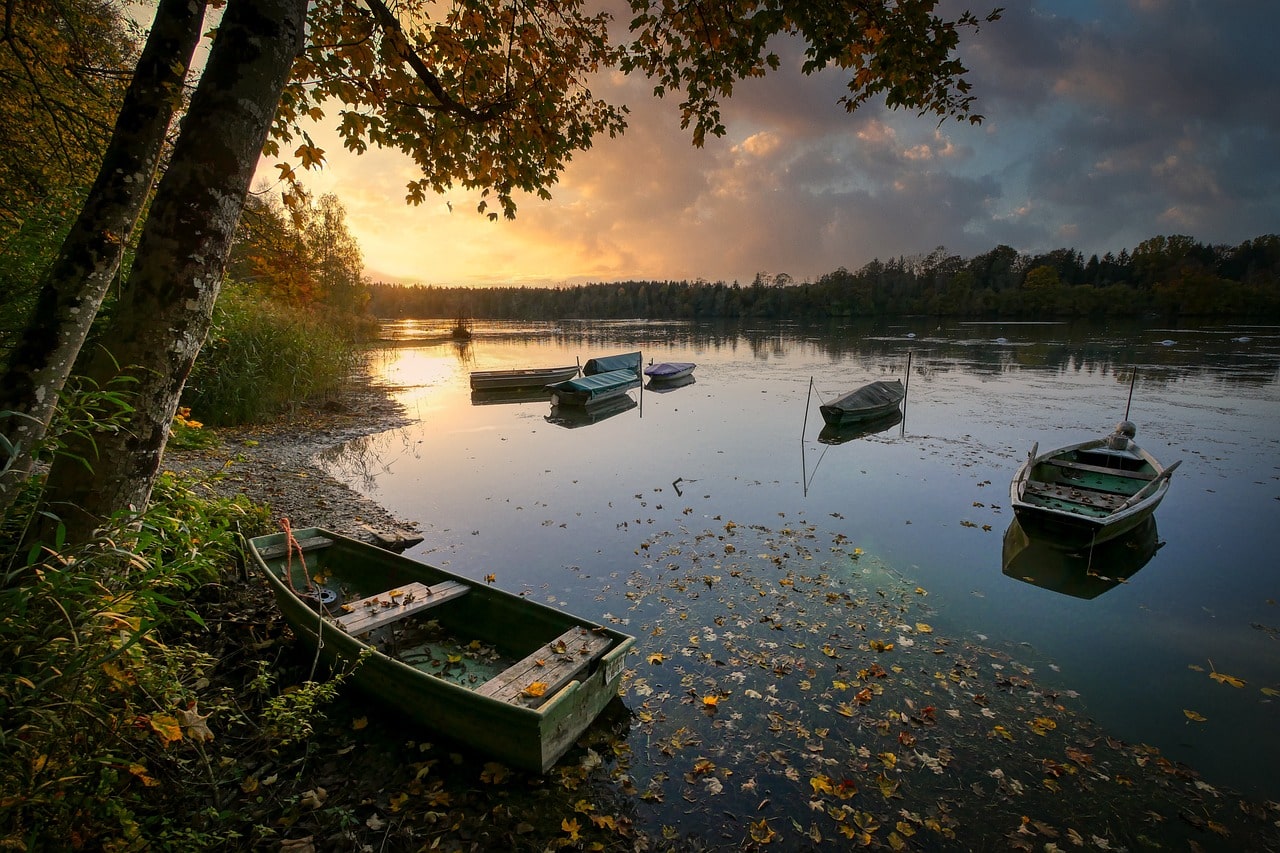Lake Imja is a symbol of nature’s beauty and power in the heart of eastern Nepal’s picturesque landscape. Known also as Imja Tsho, this glacial lake has captured the world’s attention in recent years. Born from the melting ice of Lhotse Shar, Imja, and Ambulapecha glaciers, Lake Imja has steadily grown in size and depth since its humble beginnings as a mere puddle in 1960. Spanning approximately 322 acres and boasting depths nearing 297 feet, this lake is a sight to behold at an elevation exceeding 16,000 feet. Despite its serene appearance, Lake Imja harbors an underlying threat – the icy moraine dike that holds its waters at bay may unexpectedly give way, unleashing a torrent of water into the valley below. There is a significant risk of a Glacial Lake Outburst Flood (GLOF) to the settlements in the immediate vicinity. Scientists and researchers closely monitor Lake Imja, implementing innovative strategies such as video surveillance and sensors to detect imminent dangers. The region encompassing Lake Imja is a haven for natural marvels and home to the largest concentration of Sherpa people in Nepal. Sagarmatha National Park, a sanctuary for endangered species like the snow leopard and red panda, also resides in this vicinity. The symbiotic relationship between the local community and the pristine environment underscores the importance of safeguarding Lake Imja and its surroundings from potential disasters. While the allure of Mount Everest beckons adventurers and trekkers from around the globe, the stability of Lake Imja remains a critical concern. Efforts to mitigate risks, such as proposals for irrigation and hydroelectric projects, are being explored. As discussions persist on the best path forward, the delicate balance between nature’s wonders and human activities in this region hangs in the balance.

